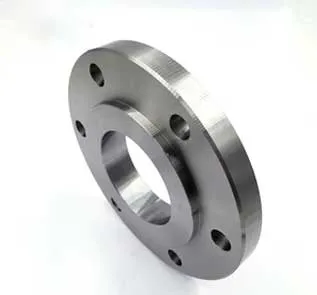-
Cangzhou Yulong Steel Co., Ltd.
-
Phone:
+86 13303177267 -
Email:
admin@ylsteelfittings.com
- English
- Arabic
- Italian
- Spanish
- Portuguese
- German
- kazakh
- Persian
- Greek
- French
- Russian
- Polish
- Thai
- Indonesian
- Vietnamese
- Zulu
- Korean
- Uzbek
- Hindi
- Serbian
- Malay
- Ukrainian
- Gujarati
- Haitian Creole
- hausa
- hawaiian
- Hebrew
- Miao
- Hungarian
- Icelandic
- igbo
- irish
- Japanese
- Javanese
- Kannada
- Khmer
- Rwandese
- Afrikaans
- Albanian
- Amharic
- Armenian
- Azerbaijani
- Basque
- Belarusian
- Bengali
- Bosnian
- Bulgarian
- Catalan
- Cebuano
- China
- China (Taiwan)
- Corsican
- Croatian
- Czech
- Danish
- Esperanto
- Estonian
- Finnish
- Frisian
- Galician
- Georgian
- Kurdish
- Kyrgyz
- Lao
- Latin
- Latvian
- Lithuanian
- Luxembourgish
- Macedonian
- Malgashi
- Malayalam
- Maltese
- Maori
- Marathi
- Mongolian
- Myanmar
- Nepali
- Norwegian
- Norwegian
- Occitan
- Pashto
- Dutch
- Punjabi
- Romanian
- Samoan
- Scottish Gaelic
- Sesotho
- Shona
- Sindhi
- Sinhala
- Slovak
- Slovenian
- Somali
- Sundanese
- Swahili
- Swedish
- Tagalog
- Tajik
- Tamil
- Tatar
- Telugu
- Turkish
- Turkmen
- Urdu
- Uighur
- Welsh
- Bantu
- Yiddish
- Yoruba

Nov . 18, 2024 08:41 Back to list
Understanding the Benefits of Concentric Reducer Socket Weld Fittings in Piping Systems
Understanding Concentric Reducer Socket Welds
In the world of piping systems, ensuring a seamless and efficient flow of liquids or gases is paramount. One crucial element in achieving this is the use of fittings, among which concentric reducers hold a significant place. Concentric reducers are vital components designed to decrease the diameter of a pipeline in a smooth, gradual manner. Their importance is underscored when we look at the method of joining pipes known as socket welding.
Understanding Concentric Reducer Socket Welds
A concentric reducer, characterized by its symmetric shape around the centerline, facilitates a smooth transition in diameter, minimizing turbulence and pressure drops in the system. This design is particularly effective in applications where maintaining flow efficiency is essential, such as in chemical processing, oil and gas, and water treatment facilities.
concentric reducer socket weld

When selecting a concentric reducer for socket welding, several factors must be considered, including material compatibility, pressure ratings, and temperature tolerances. Common materials for these fittings include carbon steel, stainless steel, and other alloys, depending on the specific requirements of the application. The ability of the reducer to withstand various environmental conditions is critical to its performance and longevity.
The manufacturing process of concentric reducers typically involves forging or machining, depending on the material and specifications. Quality control measures during production ensure that these fittings meet industry standards. Proper installation is equally important; the welding must be executed with precision to avoid defects such as cracks or porosity, which can compromise the integrity of the joint.
In summary, concentric reducer socket welds play a key role in the efficiency and reliability of piping systems. Their design allows for smooth transitions between pipe sizes, while socket welding provides a strong and durable connection. As industries continue to evolve, the demand for high-quality fittings and advanced welding techniques will only increase, making an understanding of these components essential for engineers and technicians alike.
Latest news
-
ANSI 150P SS304 SO FLANGE
NewsFeb.14,2025
-
ASTM A333GR6 STEEL PIPE
NewsJan.20,2025
-
ANSI B16.5 WELDING NECK FLANGE
NewsJan.15,2026
-
ANSI B16.5 SLIP-ON FLANGE
NewsApr.19,2024
-
SABS 1123 FLANGE
NewsJan.15,2025
-
DIN86044 PLATE FLANGE
NewsApr.19,2024
-
DIN2527 BLIND FLANGE
NewsApr.12,2024
-
JIS B2311 Butt-Welding Fittings LR/SR 45°/90° /180°Seamless/Weld
NewsApr.23,2024











